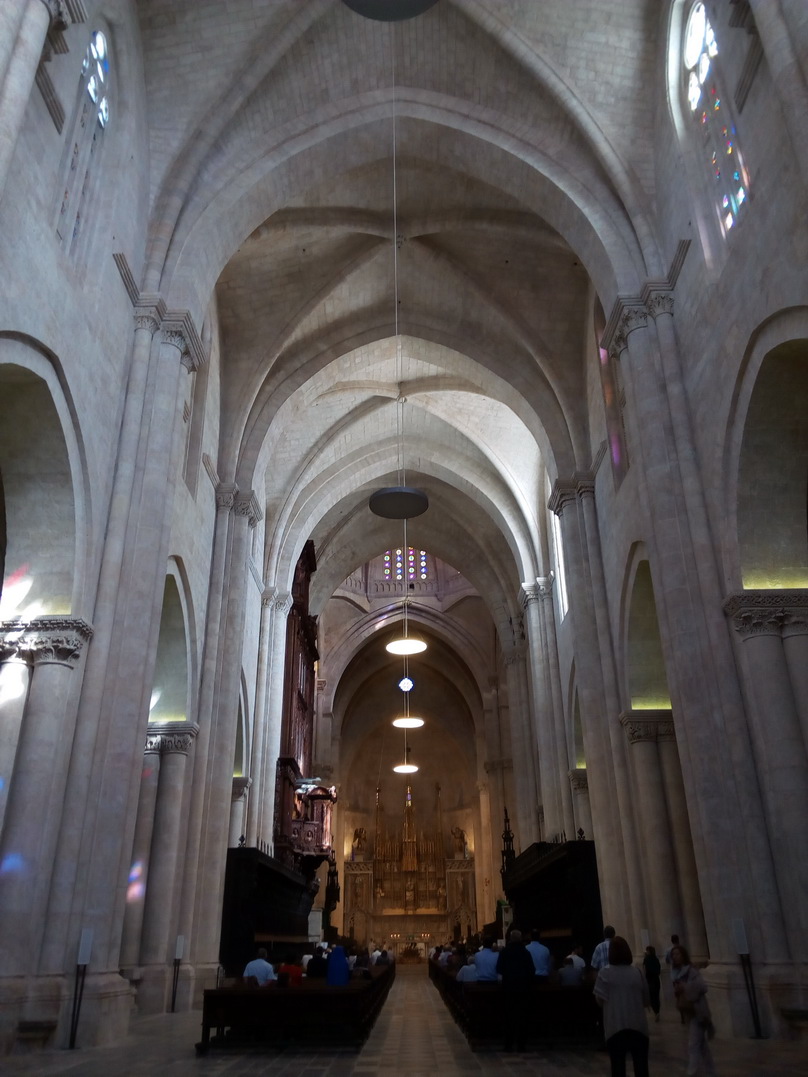LOZANO LÓPEZ, Esther y SERRANO COLL, Marta, "Patronage at the Cathedral of Tarragona: Cult and residential space"
Romanesque Patrons and Processes (eds. Jordi Camps, Manuel Castiñerias, John McNeill y Richard Plant), Abingdon-Nueva York, Routledge, 2018, pp. 205-218
Abstract
The aim of this study is to analyse the extent to which patrons influenced the construction of the cathedral of Tarragona. Rather than concentrating solely on the figures of archbishops, who have been the focus of most research up to now, we will use the material evidence available (epigraphs, iconography, texts) to analyse the role of other key players in the building´s design. In this regard, the members of the clergy are shown to have been active participants in the design and construction of the cathedral, irrespective of their standing within the community. Consequently, the first part of this article will focus on determining the precise role that they played in this process. At the same time, the fact that we are also investigating the singular heraldic emblems exhibited by certain imposts in the cloister means that we can trace their complex and extended chronology in much greater detail.
In general, despite the biased and confusing documentary sources available to us, we aim to provide an analysis that brings together prosopographical sources which will allow us to determine the role of the patrons in relation to their economic, political, social and religious context, both within and outside the ecclesiastical setting. Only in this way will we be able to understand certain singularities exhibited by this exceptional edifice, which, as we shall see, was clearly erected to provide a setting for the manifestation of power.
Resumen
El propósito de este estudio es analizar el grado de influencia de los patronos en la construcción de la catedral de Tarragona. En lugar de centrarnos exclusivamente en las figuras de los arzobispos, principales protagonistas de las investigaciones hasta el momento, utilizaremos las evidencias materiales disponibles (inscripciones, iconografía, textos) para analizar el papel de otros actores relevantes en el diseño del edificio. En este sentido, pondremos de manifiesto que los miembros del clero fueron partícipes activos en el diseño y construcción de la catedral, con independencia de su permanencia en la comunidad. En consecuencia, la primera parte de este artículo se centrará en determinar el papel específico que desempeñaron en este proceso. Al mismo tiempo, la investigación sobre los singulares emblemas heráldicos de ciertas impostas del claustro permite trazar su compleja y dilatada cronología con mucho mayor detalle.
En términos generales, pese a la parcialidad y confusión de las fuentes documentales disponibles, pretendemos proporcionar un análisis que conjugue fuentes prosopográficas que permitan determinar el papel de los patronos a la luz de su contexto económico, político, social y religioso, tanto dentro como fuera de la institución. Solo de esta forma podremos comprender ciertas singularidades de este excepcional edificio, que, como veremos, fue erigido claramente como escenario de manifestación del poder.

